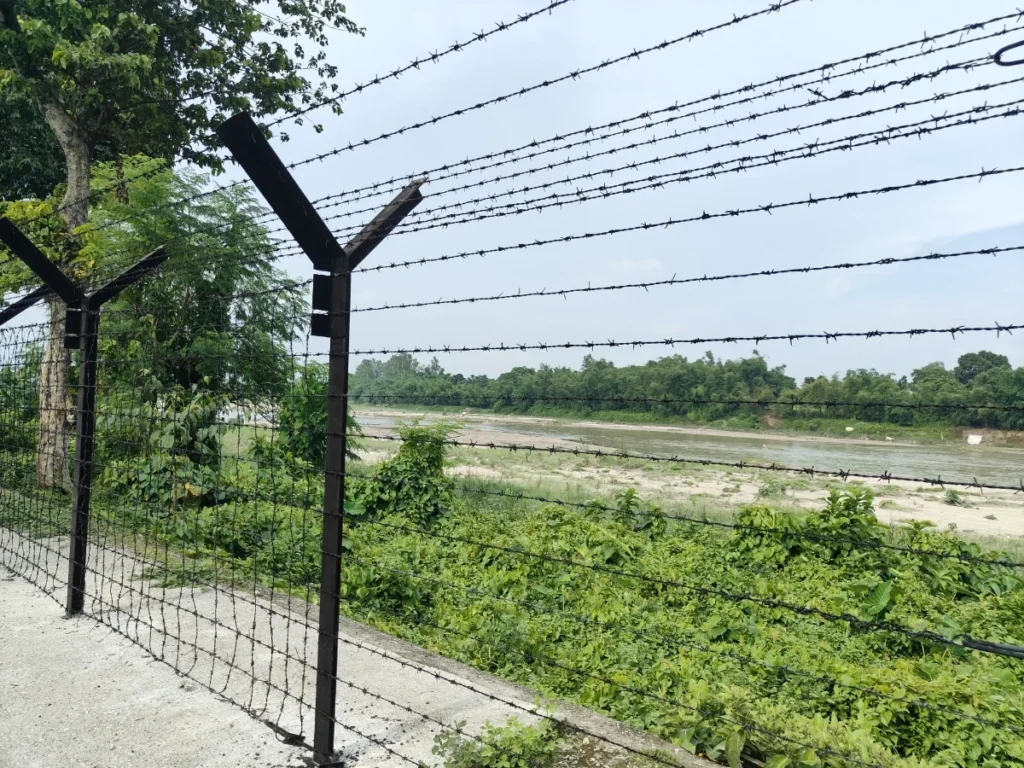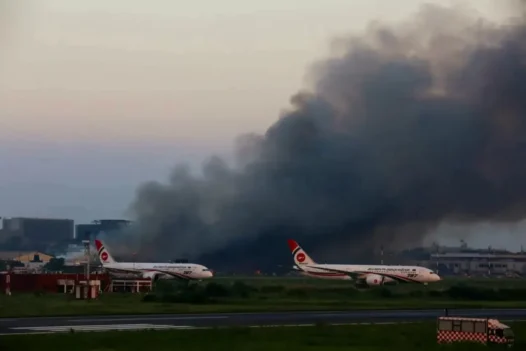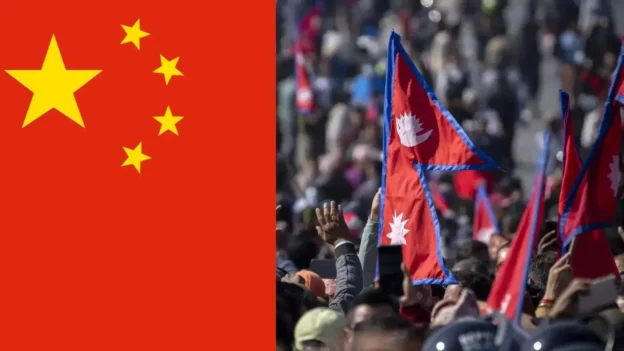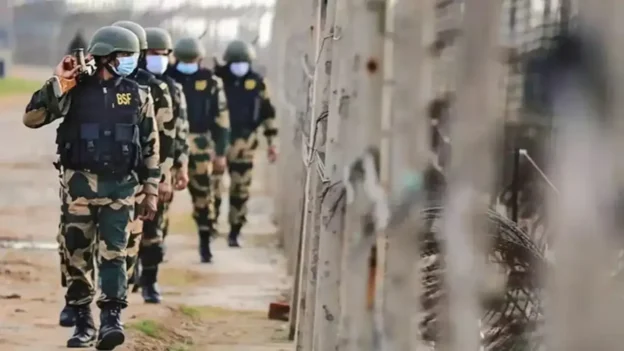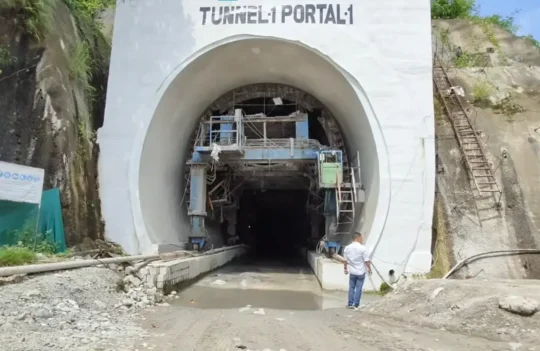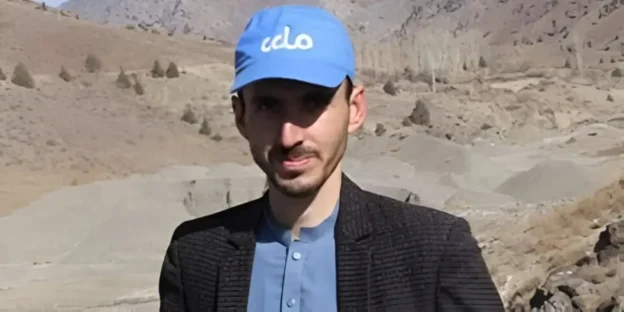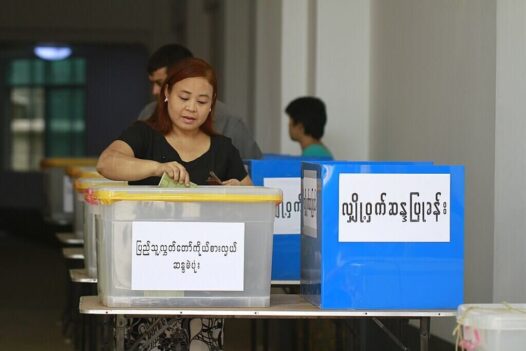When darkness spreads across Phansidewa — a border village about 23 kilometers from Siliguri in North Bengal — the quiet fields take on an uneasy silence. Situated along the riverine stretch that divides India and Bangladesh, this village has lived with tension as constant as the hum of the Mahananda river that runs through it.
For decades, smuggling networks used the night as their cover, moving cattle across the water while villagers watched helplessly. Fauzal (name changed), a farmer and shopkeeper, still remembers those nights vividly. “We had to stay up to guard our paddy fields. The smugglers would cross right through them,” he says. “It’s been some time now, but for us, this calm is only temporary.” From his courtyard, he can now see the barbed fence gleaming — his house stands barely a few steps from the border itself, where the land ends and uncertainty begins.
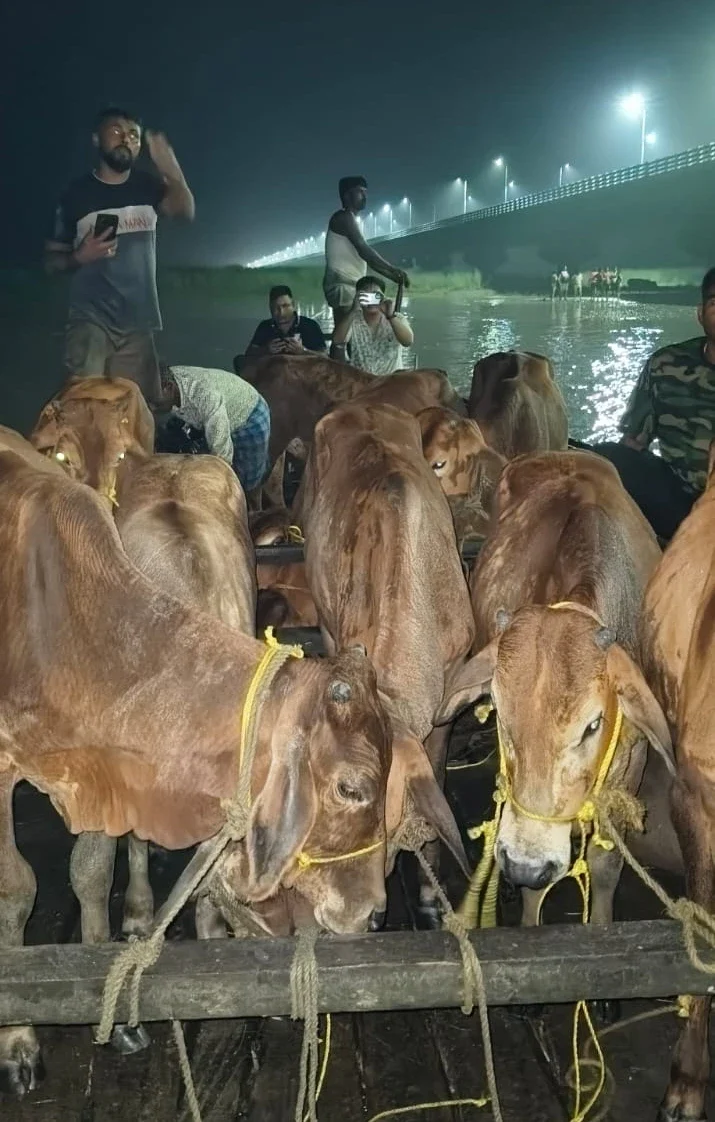
Until recently, this part of the border was among the busiest cattle-smuggling routes in North Bengal. Cattle were brought from far-off states like Haryana, Punjab, Uttar Pradesh, and Bihar, funnelled through Phansidewa, Moorikhewa (or Murikhawa), Shathat, and other porous belts where the landscape — a patchwork of rivers, tea gardens, and uneven terrain — made patrolling nearly impossible. “It used to be as easy as it gets,” says Fauzal, “and the whole process has reach upto our uppar mahal (higher echelons of the state administration).” Though the trade has slowed since the political turmoil in Bangladesh post the August 2024 uprising, villagers believe this calm is deceptive — a pause, not an end.
Even as some, like Fauzal, steer clear of such activities, others cannot afford that choice. For many along the India-Bangladesh border, smuggling is not defiance of law but a means of staying alive. “On the ground, legal or illegal doesn’t matter when it’s about feeding your family,” says a local schoolteacher, his words carrying the quiet resignation of a truth long accepted. Here, morality bends easily — like the river that changes course with every flood.
The economics of an illegal trade
Cattle smuggling has long sustained a shadow economy in Phansidewa and its neighbouring villages. In a landscape with little industry and few regular jobs, it offers one of the only steady incomes. The demand for Indian cattle in Bangladesh — driven by religious festivals and the price gap in the meat market — makes the trade immensely profitable. Researchers estimate its annual value at over a billion dollars, explaining its persistence despite periodic crackdowns.
Fauzal insists, however, that not everyone involved is complicit by choice. “Some are even forced to do it and they get into it out of some kind of fear,” he says. Local networks often coerce villagers into cooperation, using threats or debt to compel participation. The 70-year-old Khogen Rajbongshi (name changed) recalls one such night in 2021 when smugglers knocked on his door. “They told me my sons had to help move cattle coming from Punjab,” he says softly. “I didn’t want to, but what could we do? Refusal had a price.”
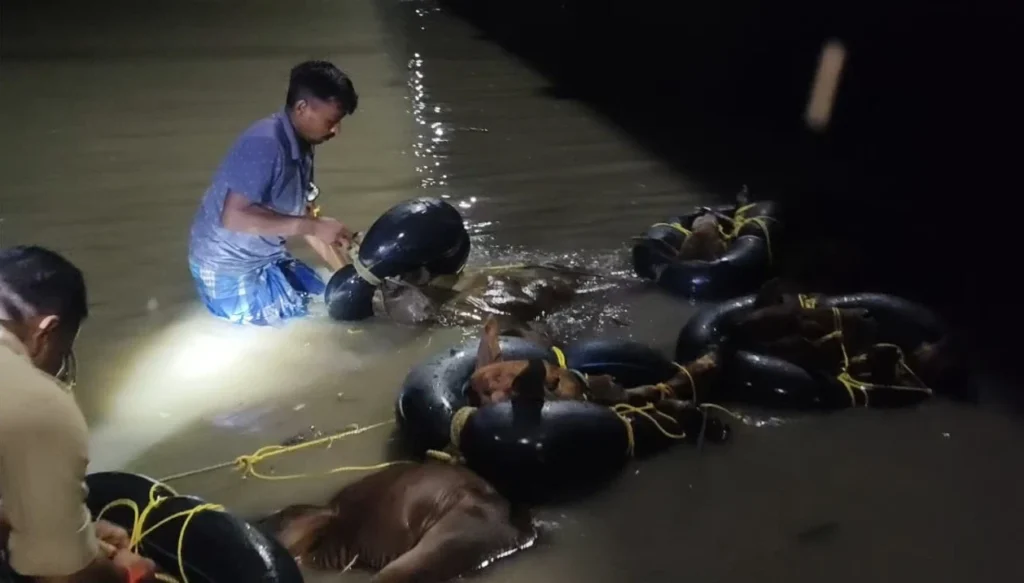
The operation runs like a chain. Cattle from Rajasthan, Haryana, Bihar, and Jharkhand are moved by truck to holding areas or khattals near the border. Then, under moonlight, the final leg begins. Local swimmers known as Rakhals tie the animals with iron chains and herd them through waist-deep water, earning about ₹3,000 per trip. “When the river is in spate, we have to use other means — sometimes rubber tubes or boats,” says Mintu (Sirajul Ahmed), a former Rakhal from Moorikhewa. Researchers describe it is a trade that blends daring, desperation, and a strange kind of routine — a parallel economy shaped by geography and neglect.
Security challenges along the border
The India-Bangladesh border stretches over 4,096 kilometers, snaking through rivers, forests, and villages. The stretch through Phansidewa and Moorikhewa is especially complex, with the Mahananda river serving as both boundary and gateway. During monsoon floods, the river shifts its course, blurring the very line that separates the two nations. For the BSF, it is a constant struggle to guard a border that physically moves.
While fencing has been completed in many regions, these riverine and inhabited zones remain difficult to seal. “The BSF jawans are too few to cover even a two-kilometer area,” says Fauzal. “They do their best, but smugglers come in groups of twenty or more.” Many villagers recall incidents when BSF personnel were ambushed. “In the mornings, we found them tied to posts,” says a resident. The smugglers, armed with knives and bamboo sticks, would outnumber and overpower the guards.
The force operates under heavy constraints. “By the time they get permission to open fire, the smugglers have already escaped,” explains Fauzal. Even when the BSF takes decisive action, it often draws criticism. Reports citing Bangladeshi NGOs claim that between 2001 and 2010, the BSF was involved in the killing of around 1,000 Bangladeshis — many incidents linked to cattle smuggling along the border. Human rights groups have long accused the force of using excessive force, prompting a change in its rules of engagement. Today, restraint is the norm. “They’re not allowed to shoot unless ordered,” says Fauzal. “But that delay gives smugglers time.”
The fence and the pillar: A contested geography
Fencing has redrawn the landscape of Phansidewa. Steel posts and barbed wires now snake along its 2.5-kilometer stretch, cutting through the land like a line of caution. Fauzal’s house stands right beside it — so close that the night glow of the barbed wires filters through his window. “We can see Bangladesh from our courtyard,” he says with a hint of disbelief.
But building this fence has been no simple matter. The international border follows what is called the “zero line,” marked by boundary pillars that stand precisely on the demarcated boundary. Yet, under the 1975 Joint India-Bangladesh Guidelines, no defensive structure can be built within 150 yards of this line. To comply, India constructs its fences behind the pillars, within Indian territory. This often leaves a narrow strip of land — Indian soil, technically — trapped between the fence and the border, a no-man’s space patrolled only by the BSF.
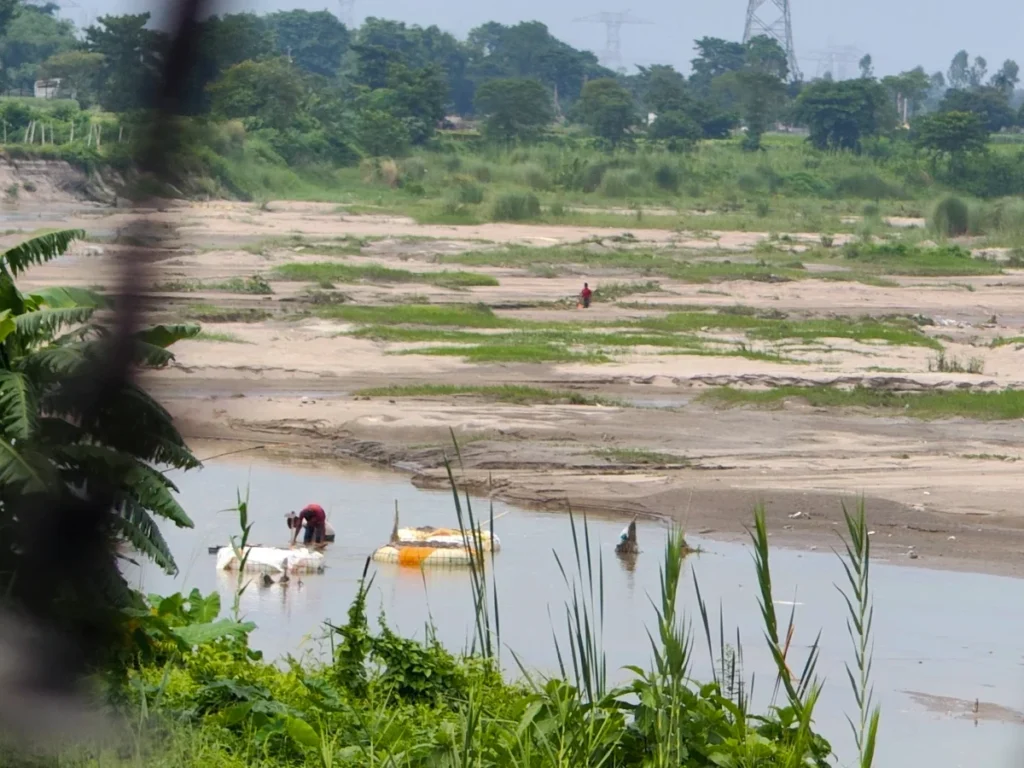
India maintains that these fences are not “defense structures” but preventive barriers meant to curb smuggling and illegal crossings. Bangladesh disagrees, arguing that even non-military structures within the 150-yard limit violate the agreement. Dhaka also objects to India’s plan for “smart fencing” — with CCTV, motion sensors, and electronic surveillance — calling it a breach of sovereignty.
The situation on the ground is further complicated by geography. In many areas, the border runs through tea estates, floodplains, and settlements. “The boundary pillar is in the middle of the river,” explains a villager. “So the fence is built behind it, sometimes hundreds of meters inside India.” In other parts, people can stand in their courtyards and wave to relatives across. It is a fence shaped not by straight lines but by human life — part security, part accommodation.
Resistance, access, and adaptation
In the more populated belts of North Bengal, fencing has met with anger and anxiety. For farmers whose fields straddle the line, access to land means survival. “People have lived across both sides for generations,” says a local activist. “The fence divides not just countries but families.” Shopkeepers, too, worry about losing customers from across the border who once came daily through open paths.
Villagers in Phansidewa crossing barricades placed near the village to cross over to the other side of the fence to work in their fields. Video credit: Bidhayak Das
To address such realities, India and Bangladesh created a system of border gates. In places like Phansidewa and Baneshwar Jote, these gates open at fixed hours, allowing villagers to cross for farming, trade, or festivals. In emergencies, local administrators can open them on short notice — a quiet continuity of the informal exchanges that have existed since Partition. “It’s strange,” says one resident, “we need official permission to visit our cousins.”
Despite occasional objections from Bangladesh’s Border Guards (BDR), India has continued fencing its vulnerable stretches. The recent unrest in Bangladesh made the process smoother, with fewer protests from across. “After the unrest, single-wire fences came up,” says Fauzal. “Now all three villages — Phansidewa 1, 2, and 3 — are fenced.” Many who once opposed the construction have come around. “We helped the BSF install them,” says another villager. “At least now, we can sleep peacefully.”
A border between calm and uncertainty
For the first time in years, nights in Phansidewa are quieter. BSF jawans patrol on bicycles and on foot, their flashlights sweeping the fields and embankments in rhythmic arcs. The river glimmers faintly under distant floodlights, and villagers like Fauzal tend their fields without fear of midnight raids. “Things are under control now,” he says, “but we know the border never sleeps.”
According to senior BSF officials, thermal imaging, motion sensors, and smart surveillance systems are being planned along parts of the Mahananda stretch. “The idea is to make this section fully secure using advanced technology,” says one officer. “It’s in the anvil — once complete, this will be one of the best-guarded sectors.” Officials believe that modern systems will ease the strain on jawans spread thin across challenging riverine terrain.
A Press Information Bureau release issued on March 10, 2021, acknowledged that despite tighter surveillance, cattle smuggling continues to test the force’s capacity. Between 2016 and 2020, the BSF seized 1.68 lakh cattle in 2016, followed by 1.19 lakh in 2017, 63,716 in 2018, 77,410 in 2019, and 46,809 in 2020 — figures that reveal both sustained enforcement and persistent cross-border attempts.
The statement outlined the BSF’s multi-pronged strategy to curb the trade: round-the-clock patrolling, nakas (checkpoints), observation posts, and the strengthening of Border Out Posts (BOPs) through regular vulnerability assessments. Sensitive stretches are reinforced with additional manpower, surveillance tools, and other force multipliers. Technological interventions — such as border fencing, floodlights along sensitive stretches, and floating BOPs to guard riverine zones like the Mahananda — have become crucial in areas where shifting river courses make static defenses difficult.
The open riverine border at Murikhawa along the India-Bangladesh border in the Phansidewa block of Siliguri sub-division. Video credit: Bidhayak Das
In addition to unilateral vigilance, the BSF conducts coordinated patrols with the Border Guard Bangladesh (BGB)and carries out special operations along known smuggling routes. Intelligence units have also been strengthened to track organized networks and their financiers.
In a written reply to Parliament, Minister of State for Home Affairs Nityanand Rai emphasized the BSF’s internal accountability mechanisms, noting that any personnel found complicit in smuggling face investigation and disciplinary action. He reiterated that these collective measures — from intensified patrolling and fencing to surveillance upgrades and inter-agency coordination — form the backbone of India’s strategy to curb cross-border cattle smuggling.
While these steps have reduced large-scale incidents, the border remains unpredictable. Smugglers adapt quickly, exploiting shallow crossings and eroded stretches of riverbank. “Technology will help,” Fauzal admits, “but nothing replaces people watching over their own land.” The human eye, he says, still sees what machines may miss.
The quiet that blankets Phansidewa today feels fragile — a calm that could crack as quickly as it came. The fences have curbed smuggling but not erased the vulnerabilities. The same geography that sustains the village’s fields binds it to the other side — through water, kinship, and shared history. “The fear has lessened,” says Fauzal, “but the tension of living on the border is still there.”
Phansidewa, like much of India’s eastern frontier, lives in contradiction — fenced yet fragile, peaceful yet restless. Between fear and security, between the fence and the river, life flows on — quietly negotiating the uncertain promise of the border.

